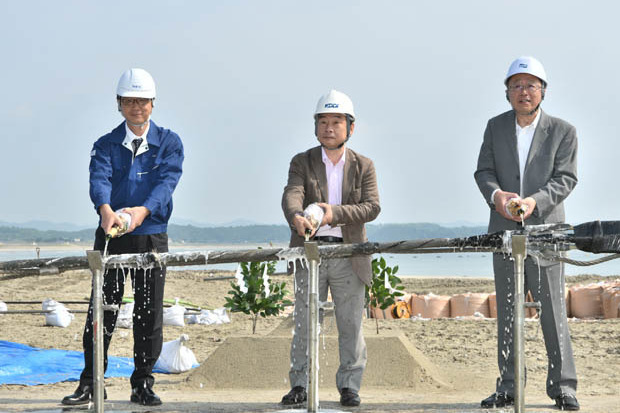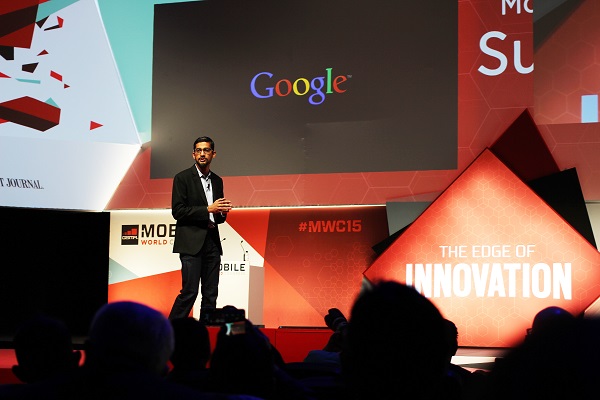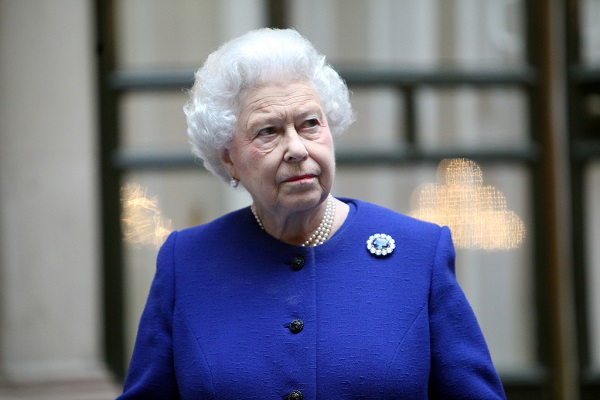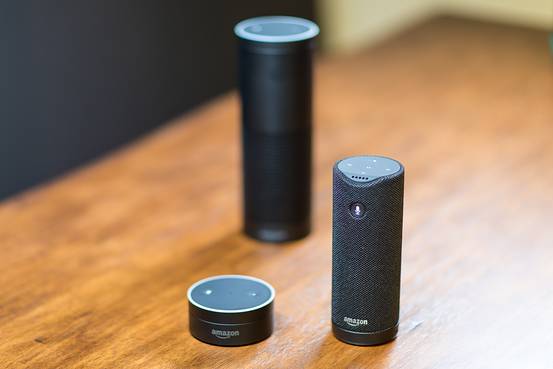
Telecom company officials pour champagne on one end of the transpacific FASTER cable
It was back in 2008 when Google started investing in undersea cables in several locations on the planet. Maybe its biggest bet was on the $300 million FASTER cable that was supposed to connect Japan and the U.S. West Coast.
Google was not on its own, however. In 2014, the tech giant joined other six companies in a powerful consortium. China Telecom, China Mobile, NEC, KDDI, and Global Transit also pledged to create a better connection between the two countries.
Now it’s time to reap what the sow. Google announced the cable is going live tonight, June 30, 2016. Up to 60 Terabits per second (Tbps) of bandwidth will be delivered through the impressive 9,000km six-fiber pair cable.
According to Urs Holzle, SVP of Technical Infrastructure at Google, that’s “about 10 million times faster than your cable modem.”
The pair of cables connecting Shiman and Chikura in Japan to Bandon, Oregon, is slated to offer Google dedicated access to 10 Tbps per second traveling thousands of miles under the immense pressure of the sea.
In other news, Google has also announced it plans to release its Google Cloud Platform East Asia region in Tokyo sometime this year.
With the help of this dedicated bandwidth for its intercontinental operations, the result will be “faster data transfers and reduced latency as GCP customers deliver their applications and information to customers around the globe.”
There’s no way to steal the thunder from Google’s announcement about the connection between the U.S. and Japan. However, it’s noteworthy that the FASTER network provides a second connection from Japan to Taiwan, with two other fiber pairs offering a bandwidth of 20 Tbps.
Unlike the Japan-U.S. extension, the one between Taiwan and the two sites in Japan is Google-owned 100 percent, thanks to its Google Cable Bermuda subsidiary.
This is not the end-all for Google as the company plans to make other investments in undersea connection cables. A recent announcement revealed a new partnership with Facebook to better connect the U.S. East Coast and Europe.
The result will offer the fastest trans-Atlantic undersea cable that has been developed so far, with a bandwidth capacity of 160 Tbps.
Image Source: IT World









